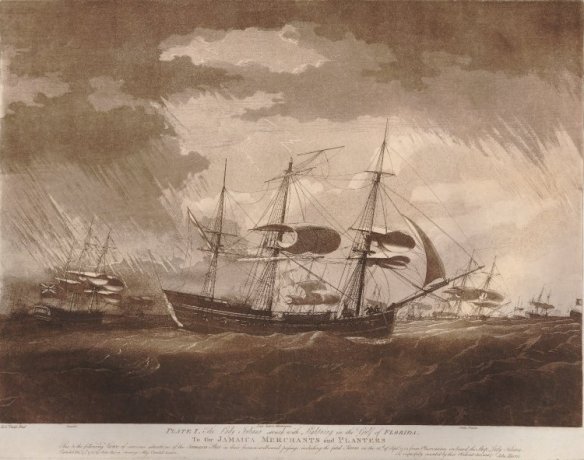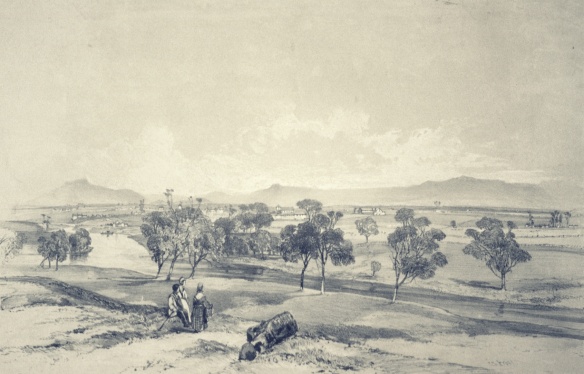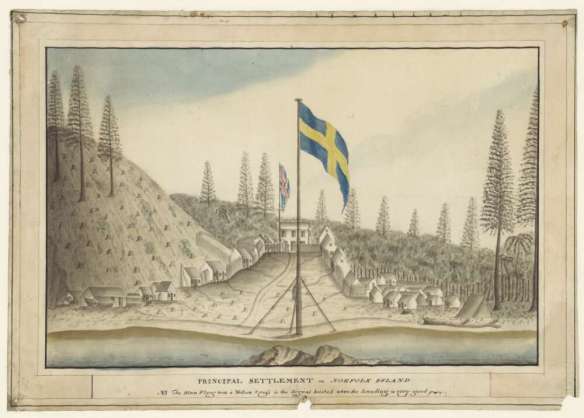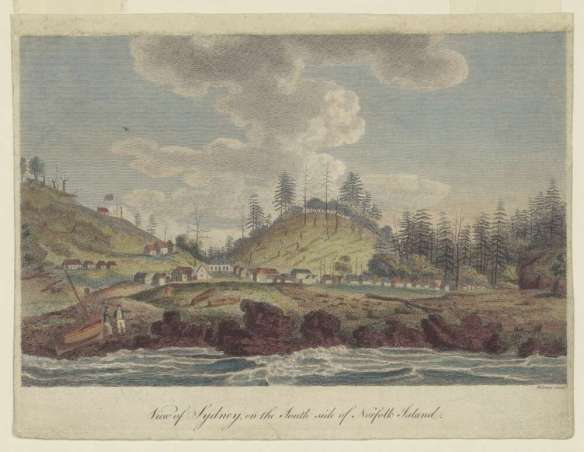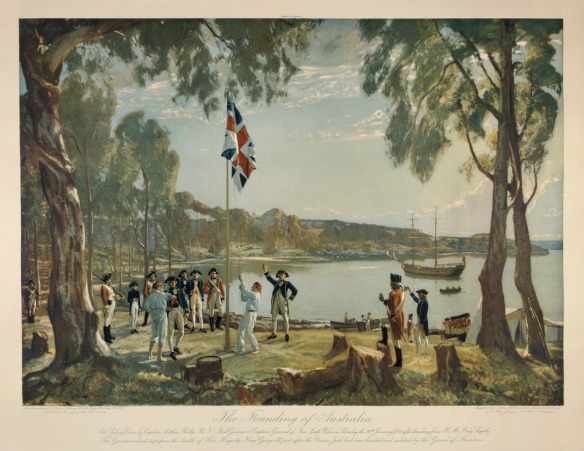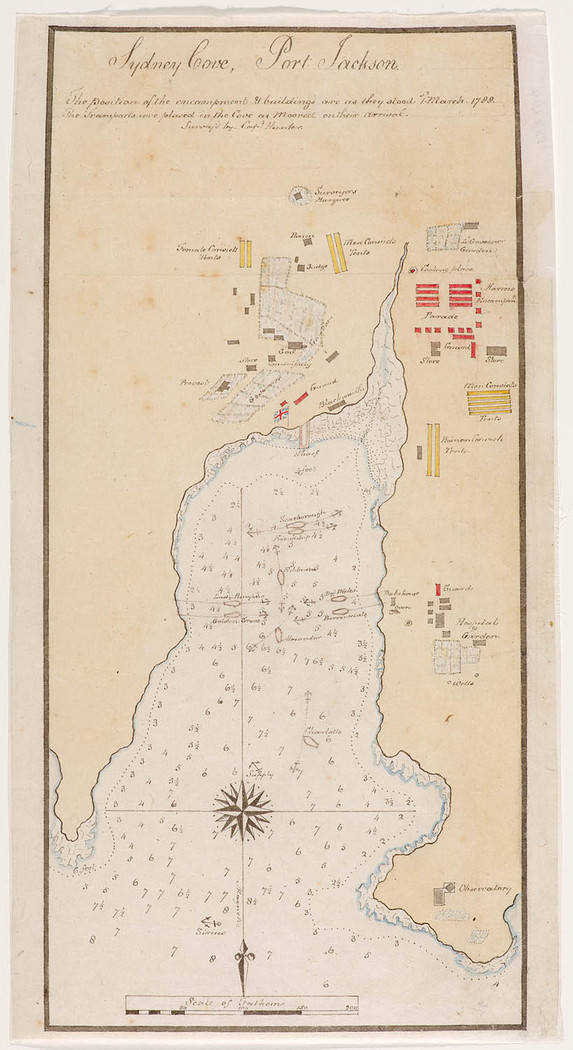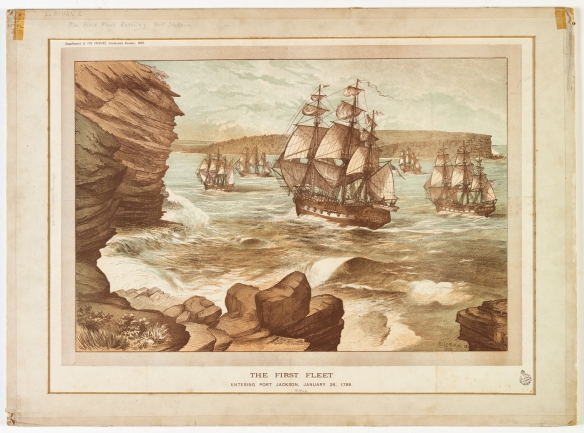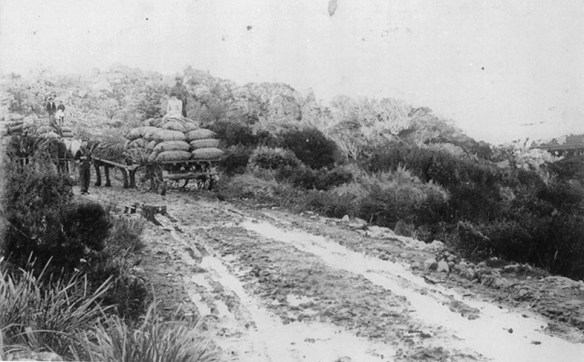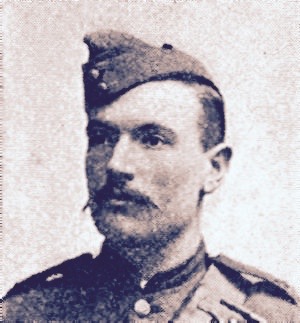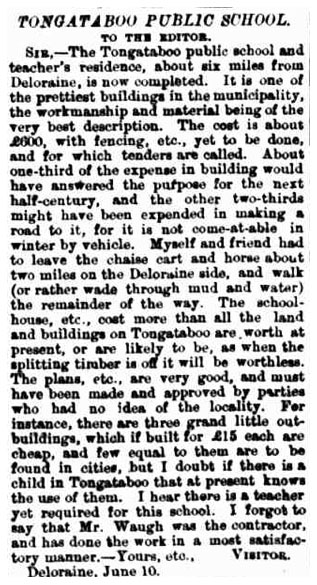Numerous accounts of the Aldington Gang’s activities suggest that Cephas Quested was its leader until he was arrested and hung following the Battle of Brookland in 1821.
While Commander Shore contest this view, suggesting that Quested was rather stupid, often drunk, and probably not the gang’s leader,[i]Charles Igglesden, in his Saunter through Kent, credits him with consideration for local country folk and a deep love for his family.[ii]
Cephas Quested was christened at St Margaret’s in Canterbury on 28 December 1789.[iii] His parents were Samuel and Elizabeth (nee Millen). He was the second of thirteen children.
Family
He married Martha Gardiner on 12 May 1809 at St Mary the Virgin in Dover. His older brother, James, married Martha’s sister, Harriet, in the same church the following year.
Martha was already carrying Cephas’ child at the time of their wedding. Their daughter, Martha, was baptized at Aldington the day before Christmas that year. Sadly, their second child, a son named James, died soon after birth. I’m not entirely sure when he died as there are two burial registrations recorded in the transcripts available on line, both for a James, son of Cephas and Martha. The first, which coincides with his baptism, is for Christmas Day 1811 and the second for 2 February 1812.
Two more sons followed reasonably quickly, Robert was baptised on 11 April 1813 and Stephen on 14 August 1814. Daughters, Harriet and Mary, were baptised on 4 November 1815 and 30 March 1817 respectively.
Sadly, Cephas and Martha lost two more children in infancy. Cephas Junior was baptised on 15 March 1818 and buried the following May. His burial followed that of his infant sister, Elizabeth, who was baptised on 7 March 1819 and buried on 3 April.
The last child known to have been born to the couple, Edward, was baptised on 28 May 1820. Sadly he would not get to know his father, who was arrested when Edward was only a little more than eight months old. What a difficult time this must have been for Martha, still coping with grief and left to bring up six very young children on her own. No doubt eleven year old Martha was required to help.
Character
Many rumours and traditions have grown up around Cephas Quested. After much sifting of material and numerous conversations with Aldington’s older residents in the early 20thCentury, Commander Shore concluded that:
Cephas Quested was a native of Aldington, and earned his living as a laboring man; and in common with most of his class, in those days, he sought to increase his earnings by throwing in his lot with the smugglers. Ignorant and utterly uneducated, he had a turn for adventure which drew him on to his own destruction. For, being a man of resolution and daring, he became one of the ‘fighting party’. In this capacity he had the misfortune to mistake a foe for a friend, and to find himself, in due course, committed for trial on the capital charge of murder.[iv]
One of his contemporaries commented that:
Quested was a rough-like drinking-sort-of-man. I’ve often seen him come home drunk at six o’clock in the morning. Indeed, he was a regular drinking fellow. One time I was out working in a wood where tubs had been laid, near Aldington, along with some other chaps, when Quested and a man called Gardiner tapped one of the tubs and drank till they laid down. They lay out all night; it was a cold and frosty night too; and when my uncle went to work next morning he found them still lying there. Gardiner, being a weakly sort of chap, was dead; but Quested, who was a strong, hearty fellow, seemed none the worse; he was just like iron, or he wouldn’t have stood it! When my uncle lifted up Gardiner’s head, and said he was dead, Quested called out, ‘Well, he died of what he loved.’[v]
Another is reported to have said:
I remember Cephas Quested quite well: he was a great, strong, blustering chap — rather a ‘rough ‘un,’ as we call it. He was never at any place of worship, unless it was for a christening; and then it took a lot of trouble to get him there. I’ve seen him lying about drunk, many a time; but he wasn’t bad company when he was in drink, he didn’t get quarrelling, like some on ‘em — the drink seemed to make him helpless-like.’
Downfall
Some reports say there was the smell of liquor on his breath on the night of his downfall, at the so-called Battle of Brooklandon 11 February 1821. This was a big operation, involving some 200 smugglers illegally running, landing and carrying away 1000 gallons of foreign geneva (Dutch or Belgian gin) and another 1000 of foreign brandy, thereby avoiding substantial customs. The coastguard must have had some knowledge of the operation as at least one of the customs officers was dressed in the smocks commonly worn by the smugglers. According to Newton’s testimony, Quested thrust a musket into his hand and yelled “Shoot the ***”.
Quested was apprehended and committed for trial at the Old Bailey session of 17 April 1821. He was thirty years old when he was indicted for assembling with several other persons armed with firearms, at Lydd, in the county of Kent, and carrying away goods liable to pay duty. Unfortunately for Cephas, when asked for any defence, all he could say was ‘I’m not guilty of the job!’ He was immediately found guilty, although fellow prisoner, Richard Wraight, was acquitted.[vi]
A very detailed account of the trial and numerous witness statements is available on the Old Bailey website.[vii]
Quested was held in goal for a number of weeks after sentence of death was passed, providing him with plenty of opportunity to turn King’s Evidence. However, he remained loyal to his gang and was executed on 4 July 1821.
In the period between sentence and execution, Martha visited him each week. She reported that he was offered a pardon if he would ‘split’ on the others, to which he replied, ‘I’ve done wrong, and I’m ready to suffer for it, but I won’t bring harm on others.’[viii]
Having received no formal education, Cephas is said to have learnt to say the Lord’s Prayer while in prison, commenting to his wife that he’d never have learnt it if he hadn’t been there. The last time he saw Martha, he is said to have seemed quite prepared to meet his fate, saying ‘We eat and drink today, Pat, and tomorrow we die.’[ix]
While imprisoned, Cephas carved small wooden snuff boxes in the shape of a bible and a wooden shoe, both of which are in possession of the family today.
Shortly before his execution Cephas wrote to his wife:
Newgate Cell
20 June 1821
Dear Loving Wife,
I am sorry to inform you that the report came down on Saturday night, and I was ordered for execution on Wednesday. I sent for Mr Hughes on Sunday and he and the Sheriff came in the afternoon, and Dear Wife they told me that it was best for you not to come up. Dear loving wife, I am sorry that I cannot make you amends for the kindness you have done for me, and I hope that God will be a Father and a Husband to you and your children for ever; and Dear Wife, I hope that we shall be happy in the next world, and there we shall be happy. And, Dear Loving Wife, I hope that you will not fret, or as little as you can help. And Father and Mother, I send my kind love to you, and to all my kind Brothers and Sisters; and dear Brothers I hope this will be a warning to you, and to all others about there. Dear Father and Mother, and Brothers and Sisters, I hope that you will not frown on my dear loving children. Dear Wife, I am happy in mind thank God for it, and I hope you will keep up your spirits as well as you can. [Here followed a long poetry quotation.] So no more, from your unfortunate husband.
After his execution, the body was ordered to be hung in chains near Brookland, the site of his capture. However, the local magistrate, Sir Edward Knatchbull, intervened and Martha was able to make the two day journey to retrieve his body and take it back to Aldington where it was viewed by gang members and other neighbours before burial in the Aldington churchyard on 8 July 1821. There is no stone to mark the spot and others have been buried in the same spot since then.
The Kentish Gazetteof 6 July 1821 reported:
Mon July 2nd1821 Execution — Wednesday morning, Joseph BLAKENEY, Mathias George DRISOLL, Cephas QUESTED, Robert HOLDING, Charles WADE and John SNAPE, were executed pursuant to their sentences at the usual place in the Old Bailey. This awful exhibition drew together an immense concourse of persons of both sexes and all ages, and we do not recollect to have seen on any former occasion of this kind so great a number of women.
… The third offender, Cephas QUESTED, was convicted for assembling with others, with firearms, to assist in the running of smuggled goods near Lydd on the coast of Kent. It will be remembered that a midshipman named McKENZIE, was killed in the affray in which this man was concerned. He was a laboring man of Sellinge in Kent, extremely ignorant and appeared intensely to feel all the terrors which his situation was calculated to inspire in the mind of such a man. He expressed himself resigned and said that he felt confident of mercy hereafter.
Left with a family of young children to care for, it is not surprising that Martha was soon to accept an offer of marriage. On 1 December 1823, Martha married William Mears. The couple moved to Bonnington where William worked as an agricultural labourer … maybe with a little smuggling on the side?
Martha died, aged 62, and was buried at Aldington on 9 September 1852.
Quested’s cottage is still standing. Shore described it as characteristic of 19thCentury Kentish homes, with rich red bricks, toned and mellowed with age, and a lichen covered roof. Recent real estate listings suggest that the two storey cottage has 16thcentury origins and was altered in 1778.
Notes
[i]Henry Noel. Shore, R.N (Lord Teignmouth) and Charles G Harper, The smugglers; picturesque chapters in the history of contraband, London, C. Palmer [1923], pp79-87. This is available online.
[ii]Geoffrey Hutton and Elaine Baird, Scarecrows Legion: Smuggling in Kent and Essex, Rochester Press, 1983, p74
[iii]Kent Archdeaconry Baptisms, Findmypast.co.uk, downloaded 21 July 2018
[iv]Henry Noel Shore, R.N.
[v]Henry Noel Shore, R.N.
[vi]Old Bailey Proceedings Online (www.oldbaileyonline.org, version 8.0, 20 July 2018), April 1821, trial of RICHARD WRAIGHT CEPHAS QUESTED (t18210411-64).
[vii]https://www.oldbaileyonline.org/browse.jsp?id=t18210411-64-defend728&div=t18210411-64#highlight
[viii]Helen White, ‘Cephas Quested – the loyal smuggler’, Family Tree Magazine, April 1999, p62
[ix]Henry Noel Shore, R.N.
Online resources
Cephas Quested on my Ancestry site
Cephas Quested at the Old Bailey

